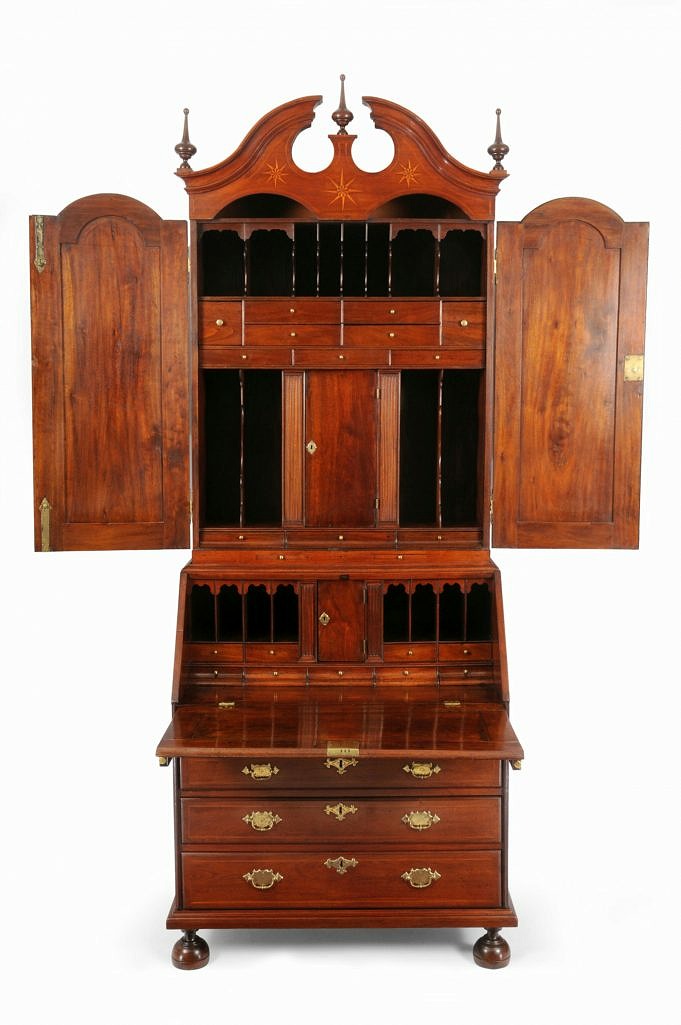One question to ask of any style is whether it can stand the test of time. Leather motorcycle jacket? Sure. Red satin disco jacket? No.
Furniture is no exception. When it comes to woodworking,18th-century furniture is perennially popular. Many 18th-century pieces are like the leather motorcycle jacket; theyre stylish, but serve a practical purpose. A spice chest will build your joinery skills, but the multiple drawers sometimes hidden can hold all sorts of valuables. A half-round accent table might fold out into a circular card table.
18th Century Furniture is a digital magazine that includes five period pieces. These pieces will help you to learn how to deal with seasonal wood movement and add intricate inlay to the work.
Christopher Schwarz will guide you through a step-by-step hand-tool build for a dry sink. This is a precursor of the modern kitchen cabinet. Christopher Schwarz will also show you how he improved upon the original 1780 dry sink when it comes to wood movement.
You can alter the size and scrollwork of this small corner cupboard by Mark Arnold to fit your personal taste. The construction is also simple. Learn how to clamp unusual angles and how to borrow design elements from other furniture.
Chuck Bender, a noted maker of period furniture, details construction of a William & Mary chestand shares his tips for brushing shellac for a perfect period-correct finish.
Sometimes, period spice chests have hidden compartments. Zachary Dillinger (who is hard at work on a book about 18th-century furniture) tells all with a William & Mary style spice chest with four hidden drawers and a secret compartment, not to mention 10 visible drawers.
Inlay, stringing and banding add beauty to an elegant Baltimore card table with a folding top. Glen Huey explains how shop-made guides and jigs add precision to this power-tool build.



